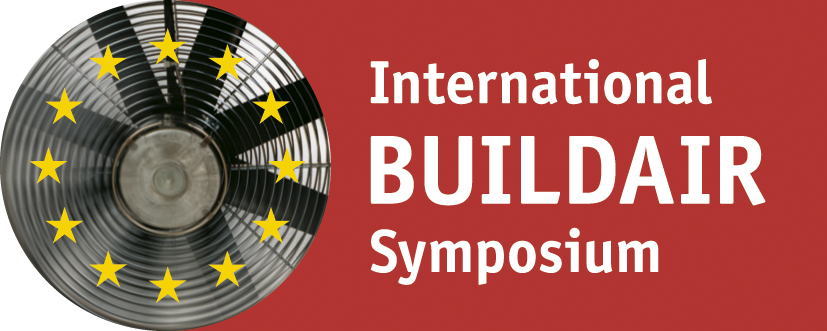Purpose of the work
Is there a fast and reliable acoustic method to identify and assess leakages in building envelopes? How well does this method work, are there any challenges and which analyses are used to ensure that it is fit for purpose?
Method of approach
We conducted systematic analyses under laboratory conditions and set up a purpose-made airtightness test bench to test different types of leaks under various boundary conditions. The findings provide insights on the optimal test set-up and evaluation method for the measuring system which is still being developed. The lab analyses were combined with test series conducted at buildings in need of repair in order to ensure that the method will be fit for purpose.
Content of the contribution
Firstly, we will present the research objective: The Q-Leak project aims at developing and testing a combined method of acoustics and infrared thermography which ensures the fast and reliable location of envelope leakages and preferably provides immediate insights into the nature and relevance of the detected leaks. A suitable sound source will be developed for this purpose.
We will present the findings of several laboratory tests where we investigated how the measuring system will respond to markedly different leakages under various boundary conditions. Which conclusions can we draw? What is the optimal test set-up and evaluation method? Which types of leaks have been located so far and which did we miss? Where does the ultrasonic transmitter under development come in when measuring buildings? What are the benefits when combining acoustic and thermographic images?
We will also present the findings of the field tests we conducted in parallel with real buildings. Next, we will show you what the final version of such a measuring system could look like and its potential use in the field.
Results and assessment of their significance
Systematic investigations under laboratory conditions and field tests with real buildings show the current status of research. The results demonstrate that the method is useful and has the potential to detect leakages in building envelopes.
Conclusions
Thermal and acoustic imaging is particularly suitable for detecting leaks in existing buildings. Current research focuses on optimizing the measuring and evaluation process
For further information please contact Björn Schiricke at: bjoern.schiricke@dlr.de





